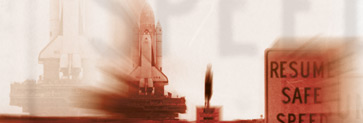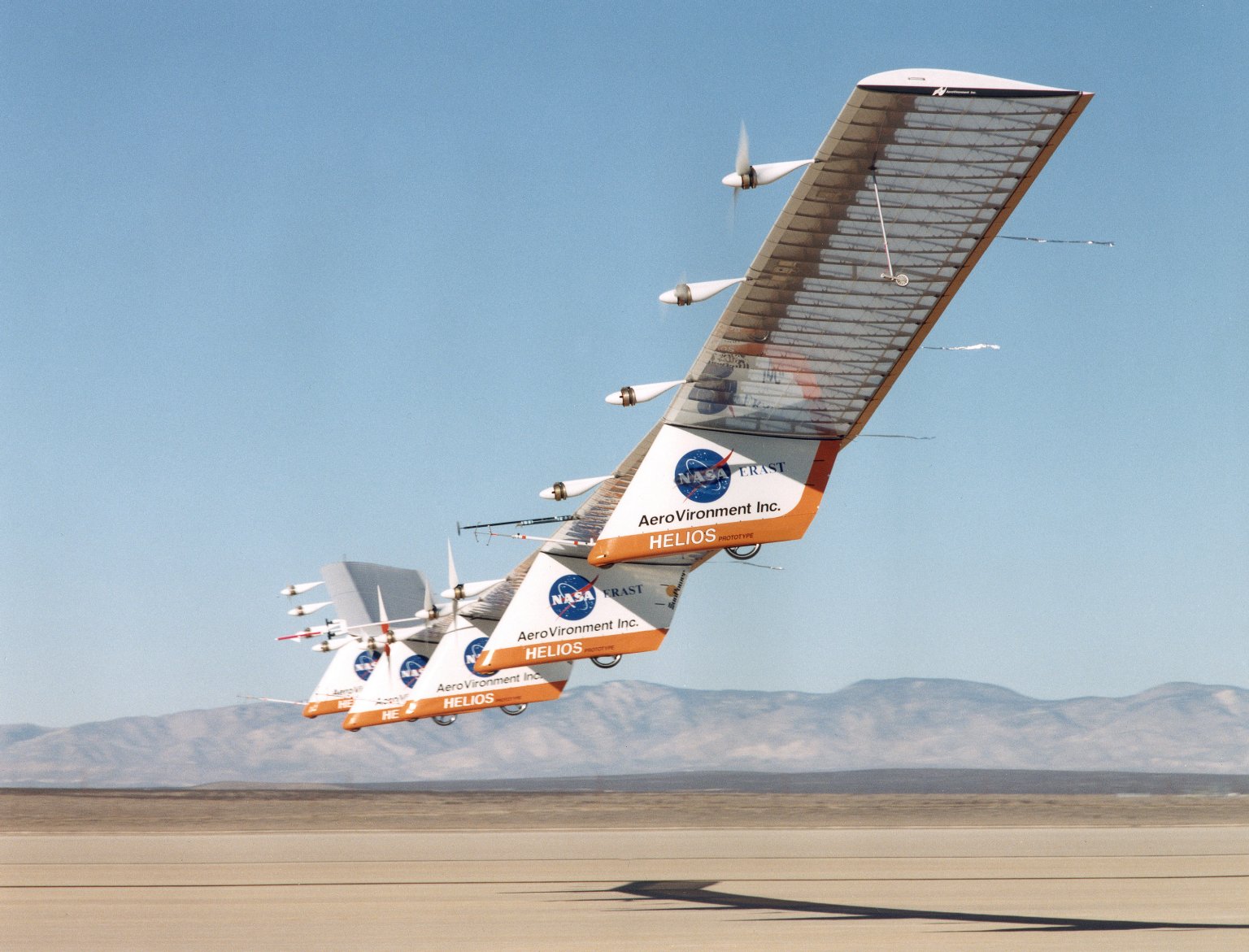
By Ken Schwer
“I want you to take charge of this project,” said my supervisor. In this case, it was a project that entailed starting from scratch, not picking up the reins of an established mission from a previous management. It wasn’t a small project, either, but one with a half-billion dollar budget and great scientific expectations.
This was the challenge I faced in the fall of 2001 when Dr. John Campbell, the head of flight projects at NASA Goddard Space Flight Center (GSFC), asked me to become the project manager of the Solar Dynamics Observatory (SDO) mission.
I seem to have the “luck” of being entrusted with start-up situations. In fact, the last few projects I’ve managed have in a sense been started from scratch. So, though the project was new, I had an idea of where to begin and what to expect.
November 2001
In the pre-formulation phase—prior to payload selection—certain activities are crucial to a mission’s success. I needed to understand the SDO mission and become a salesperson for it while building my team. I also began strategizing how to build the organizational structure.
When recruiting people, they ask a lot of questions and need to know the answers before making a commitment to the project. Is the mission interesting? How will the project operate and be organized? Will you, the project manager, be someone I can receive support from during the years required to bring the SDO dreams to reality? As the leader of the mission, you need to be prepared with the answers for questions of this nature.
December 2001
Rather than contract out the work, GSFC wanted to do the SDO mission in-house in order to maintain engineering core competency. This included developing the spacecraft and ground systems with civil servants and support contractors. Even though GSFC likes to keep one mission in-house for core competency, a good and sound implementation plan is required for NASA Headquarters approval.
Prior to the holidays, the SDO study lead was asked to present an in-house plan to the NASA Associate Administrator for Space Science, Dr. Edward Weiler, for approval. Even though I was new to the scene, I volunteered to finalize the plan and make the presentation to Dr. Weiler. Being responsible for the development of the mission, I felt it was important for me to personally deliver the message. Therefore, I spent many hours preparing for this high level meeting.
On December 20, I gave the SDO presentation; the study lead, Jim Watzin, provided detailed support. The meeting lasted an hour and went extremely well. Dr. Weiler agreed with our approach and gave his approval to proceed. It was a great feeling of accomplishment to arrive successfully at a key, early milestone for SDO.
January 2002
A project manager is only as good as his/her staff, so it was important for me to concentrate on selecting my core team. Since the clock to SDO launch had started, I needed key individuals on board to make progress. “Hand picking” the core team is an important part of establishing a teamwork environment. I wouldn’t leave staffing key positions to chance.
I knew that it was important to work with the functional supervisors and not bypass them when it came to staffing. I needed their approval and cooperation if SDO was to be successful. To accomplish this, I spent many hours each week sitting down with individuals and small groups to go over the project and to solicit their support—again and again and again. As a result, I became a better salesperson, and I was able to select my core team with the support and approval of functional management. At this point, there were approximately ten people on the project.
February 2002
The one-on-one meetings were helpful; however, I now needed to get everyone on the same page with respect to the SDO opportunity. Therefore, I conducted an all-hands meeting with GSFC’s engineering functional supervisors. Here, I described the mission, organization, challenges, and exciting work that lay ahead of us.
The functional managers left the all-hands meeting with a solid understanding of SDO and the resources needed from their areas. This was important because I was competing with other projects for the same resources.
Of the many presentations I have made at GSFC, this all-hands meeting gave me the “most bang for the buck.” My organization grew quickly and this enabled us to further define SDO. At this point, I had filled all core management (science, project, systems engineering, instrument, ground system, and flight assurance) as well as several lead spacecraft and ground system engineering positions, with approximately 25 people on the project.
March 2002
Dr. Barbara Thompson, our Project Scientist, came up with the idea of taking our new team to the Maryland Science Center for a Science Kickoff event. The morning started with the entire team watching the Solar Max IMAX film. I now refer to this as “the SDO recruitment film.” After the film, a group of solar scientists spent the rest of the day presenting the types of science that SDO will enhance and conducting a question-and-answer session. This energized the team. It was an outstanding opportunity for engineers to understand the science and dreams of SDO.
The SDO team embraced Dr. Thompson’s motto, “Get good people on board and spoil them so they never want to leave.” To demonstrate the extreme importance of the SDO mission, our customer—the theme director for NASA Headquarters’ Sun-Earth Connection (SEC), Dr. Richard Fisher—spent the entire day with us participating in discussions.
Later in the month, the team building continued at a retreat held offsite from GFSC. The SDO systems engineering leads developed and conducted the retreat. The morning was spent bringing the team up-to-speed regarding the guiding principles and challenges for the mission. After lunch, we held roundtable discussions that focused on requirements, initial concepts and architectures, implementation options and instrument challenges. Like the Science Kickoff, this event provided an opportunity for collaboration.
April 2002
I took my core team to NASA Headquarters for a pre-formulation status meeting with our customer. The purpose of this meeting was two-fold: introduce and provide exposure for my team, and show our customer the outstanding work and progress we had made in such a short time. This meeting planted the seed for establishing good communication channels and working relationships with our customer. At this point, all key subsystems were in place, and we had approximately 45 people on the project.
May-July 2002
NASA received instrument proposals and my team reviewed them for spacecraft accommodation assessments. In June, my core team was invited to the NASA Langley Research Center where we participated in discussions with the technical management panel responsible for evaluating the instrument proposals. We were able to listen to their comments and offer our own insights.
Once we completed our instrument accommodation study, we presented our results to our customer. Involving the project team during this process was beneficial for all. We learned about potential instruments and we were able to provide insight to our customer.
August 2002
The moment arrived: the SDO instruments were selected, and we were off and running. Eight months into the project, we were ahead of most projects our size at this phase. We were already highly organized with an experienced and focused team.
Project teams are often pulled together around the time of instrument selection. By this point on our project, the complete SDO formulation team was in place—approximately 70 people, plus our instrument organizations. The team felt pleased with their progress and our customers were more than satisfied. (They have since recommended our process as a model for other projects.)
We officially launched the formulation phase, knowing that the next few years would be busy with many ups and downs, surprises and challenges. This is project life.
Lessons
- Spend your greatest efforts early in the project on identifying and recruiting the most suitable candidates for your team.
- Building a team is done simultaneously with formulating the requirements and selling the project.
Question
How do you cope with situations on a project where your influence on selecting the most suitable people is limited?
Looking at the sun
Scheduled for launch in 2007, the Solar Dynamics Observatory (SDO) aims to increase our understanding of solar variability and its affect on life here on Earth—from influencing climactic changes to producing geomagnetic storms. The observatory will measure solar parameters and monitor and record aspects of the Sun’s variable radiative, particulate and magnetic plasma outputs deemed to have the greatest impact on Earth and its surrounding heliopshere.
Though SDO is the first mission under the Living with A Star Initiative, in some sense it’s a follow-on to a previous project. But instead of taking pictures once every 15 minutes (the current rate), SDO will record pictures once every 10 seconds, sending 150-megabites of data to the ground 24 hours a day, seven days a week. For more information about the Solar Dynamics Observatory, visit http://sdo.gsfc.nasa.gov/ .








